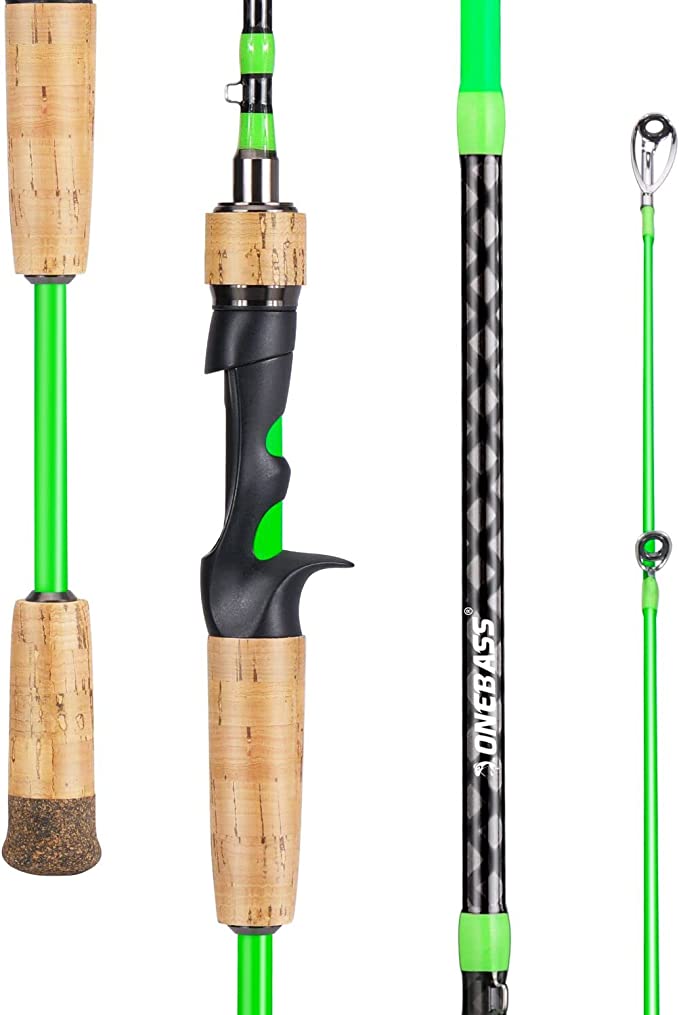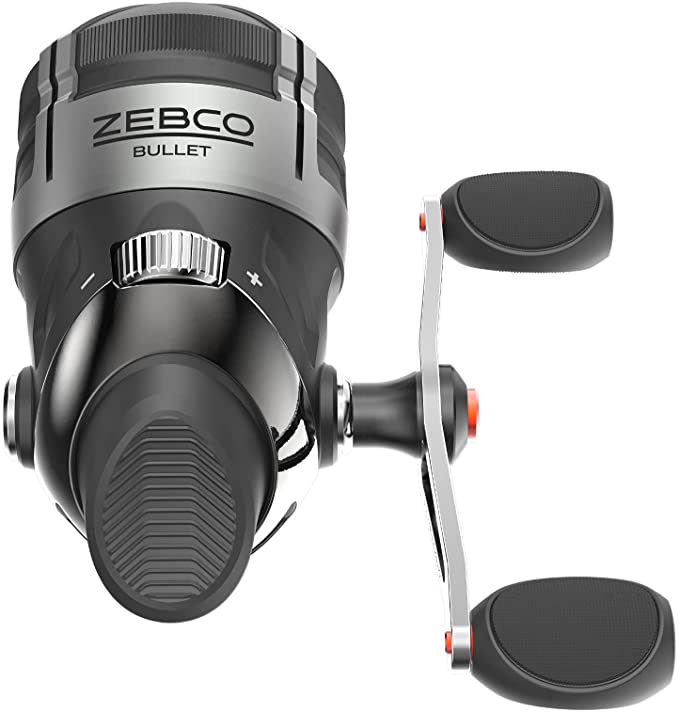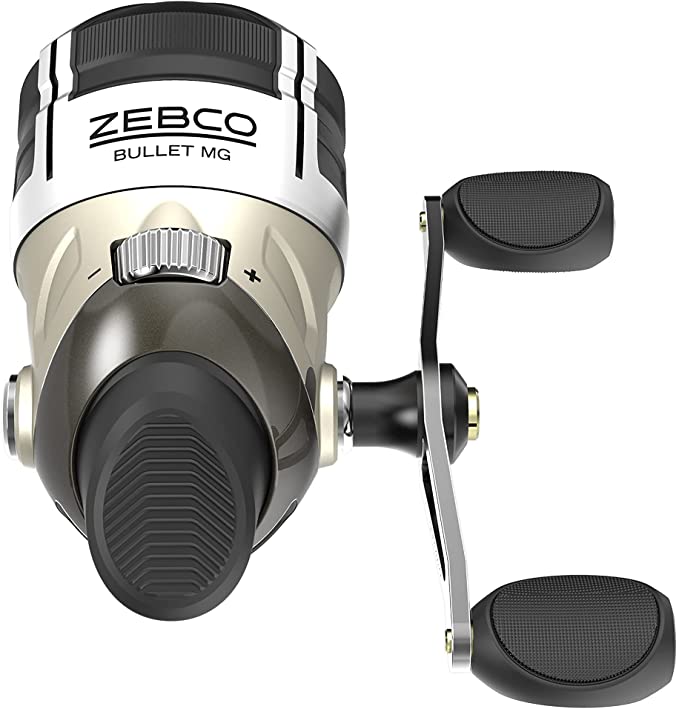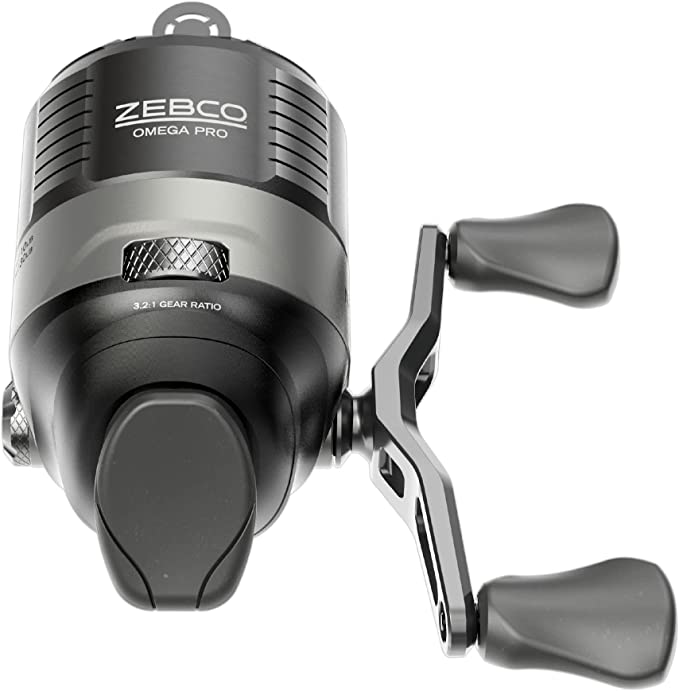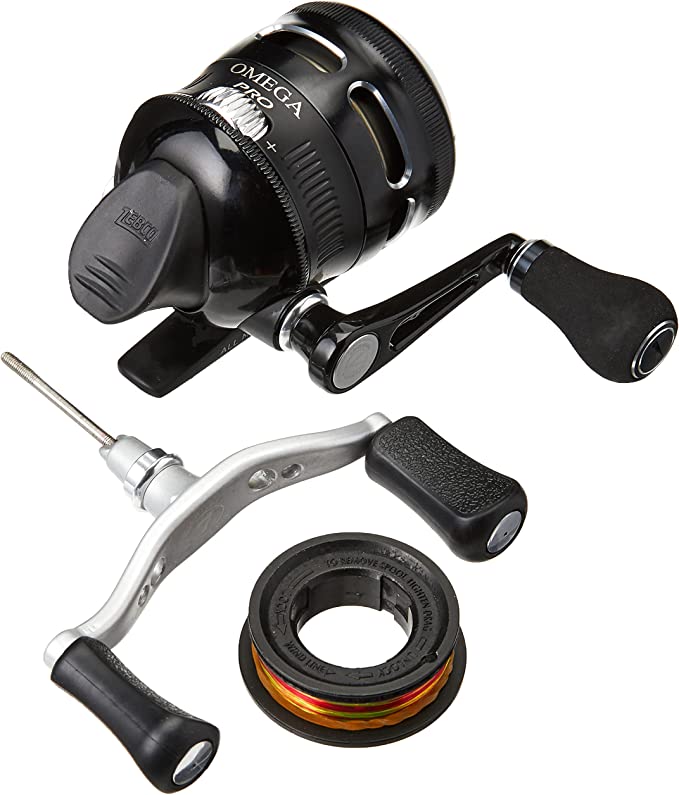The Surprising Science of a Modern Spincast: Rethinking the Zebco Omega Reel
Update on Aug. 2, 2025, 10:11 a.m.
In the world of angling, there exists a quiet hierarchy of gear. At the top sit the sleek, complex baitcasters and the versatile, open-faced spinning reels. And then there is the spincast. For many, the humble push-button reel is a relic of childhood, the “training wheels” of fishing before one graduates to more “serious” tackle. It’s often dismissed with a knowing nod as simple, slow, and suitable only for beginners.
But what if this reputation, born from decades of inexpensive, mass-market models, is profoundly outdated? What if, within that familiar shrouded design, a quiet revolution of engineering and material science has taken place? The Zebco Omega ZO3 spincast reel makes a compelling case that it has. It invites us to set aside old biases and look at it not as a nostalgic toy, but as a piece of precision machinery designed to challenge the very definition of what a spincast can be.
The Myth of the Clumsy Retrieve
The most common critique leveled against spincast reels is a feeling of “slop”—a disconnected, loose sensation in the handle, followed by a jarring clank as the gears engage. This is a hallmark of rudimentary design, where a simple pawl-and-ratchet anti-reverse allows for significant back-play.
The Omega ZO3 systematically dismantles this myth with a 7-bearing (6 + Clutch) system. The six stainless steel ball bearings, placed at critical stress points, act like tiny, frictionless wheels. They transform the high-friction sliding contact found in lesser reels into smooth, rolling motion. The result is a retrieve that feels fluid and direct.
However, the true game-changer is that “+1” clutch. This is a needle-bearing clutch that provides Instant Anti-Reverse. It’s an elegant piece of one-way engineering: turn the handle forward, and it spins with liquid ease; attempt to move it backward even a millimeter, and it locks instantly and solidly. This zero back-play means the moment a fish bites and you turn the handle, you are in direct contact. Every ounce of your hook-setting power is transferred to the line, not wasted in the clunky engagement of an outdated mechanism.
The Myth of the Unreliable Drag
Every angler knows the heart-stopping moment when a powerful fish makes a sudden, determined run. In that instant, your entire faith rests on the reel’s drag system. A poor drag is jerky and inconsistent; it stutters, releasing line in uncontrolled bursts that can easily snap a taut line. This is another ghost that haunts the spincast’s reputation.
The Omega’s answer is a Triple-Cam Dial-Adjustable Disk Drag. To appreciate this, we must understand the basic physics of friction. A drag system works by applying consistent pressure to a series of washers (disks). The challenge is applying that pressure evenly across their entire surface. The triple-cam mechanism is an ingenious solution. Instead of a single, central pressure point, it uses three offset lobes (cams) that distribute the force more uniformly as you adjust the dial.
Think of it like the Anti-lock Braking System (ABS) in a car. Instead of one crude, locking brake, it provides controlled, consistent pressure that prevents seizing. For the angler, this translates into a drag that pays out line with unwavering smoothness, protecting light lines from breaking and giving you the confidence to tire out even the most formidable opponents.
The Myth of the Fragile Toy
Perhaps the most damaging perception is that of the spincast as a disposable, plastic toy. The Omega confronts this head-on with a masterclass in material science. The reel’s gleaming front cover is not merely cast from molten metal; it is forged from aluminum. The forging process subjects the metal to immense pressure, compacting its molecular structure and creating a component with far greater density and impact resistance than a simple casting.
This robust foundation is then protected by double anodization. This is not a layer of paint. It’s an electrochemical process that grows a hard, corrosion-resistant layer of aluminum oxide right out of the base metal. This ceramic-like shell is incredibly durable, shrugging off the scratches, bumps, and exposure to water that would cripple a lesser reel.
This commitment to superior materials extends to the core. The 3X Positive Pick-up Pins—the parts that grab the line during retrieval—are made of ceramic. On the Mohs scale of hardness, ceramics are second only to diamond, making them virtually impervious to wear from fishing line. The gear train’s crucial pinion gear is milled from solid brass, a material prized for its strength and natural corrosion resistance. These aren’t the material choices for a toy; they are the choices for a tool built to endure.
From Misconception to Specialized Tool
When you combine a zero-play retrieve, a micrometrically smooth drag, and a bomb-proof construction, the spincast reel is fundamentally transformed. It ceases to be a compromise and becomes a specialized weapon. Its inherent design allows for effortless, one-handed casting, making it ideal for skipping lures under low-hanging docks and branches—a feat that can be cumbersome with a spinning reel. Its enclosed nature protects the line from debris and reduces the infamous “wind knots” on breezy days.
While some user feedback notes it has more heft than its cheaper counterparts—a natural consequence of its all-metal construction—this weight speaks to its quality. The Omega ZO3 doesn’t ask to be a replacement for every other reel in your arsenal. Instead, it makes a powerful, evidence-backed argument that it deserves a place among them. It proves that when thoughtful engineering is applied to any design, no matter its history, the result can be excellence. The underdog is ready for a fight.
